The United States stamp Scott #14, a 10-cent denomination issued in the mid-19th century, holds a significant place in the history of American philately. This is Type II in this issue, with the shells at the bottom partially trimmed and a broader gap in the label’s bottom line.
Design & Print
The 10-cent value of Scott #14 was printed with wider spaces between the stamps, differing from the 1-cent, 3-cent, and 5-cent values. As a result, copies of Scott #14 with less than four margins often carry less value and are sold at a discount. This aspect of print quality and margin size is crucial for collectors and historians when identifying and valuing the stamp.
In terms of color, Scott #14 maintains a consistent green hue. The uniformity in coloration means that unlike other stamps in the series, color variation is not a factor for differentiation.
Postal Usage
The 10-cent Scott #14 was primarily used to cover the postage for letters that traveled long distances, including coast-to-coast mail within the United States. After the postal rate for coast-to-coast mail was raised from 6 cents to 10 cents in 1855, the usage of Scott #14 became more prevalent. This stamp also found utility in foreign mail, further underlining its significance during its period of circulation.
Identification
The identification of Scott #14 involves a meticulous examination of its design details, specifically the treatment of the shells and the line on the bottom of the label. These subtle yet definitive characteristics are essential in accurately distinguishing Scott #14 from Scott #13.
The top lines above the “X” numerals are complete, like on Scott #13 Type I, but the shells are partially cut away shells at the bottom and there is a wider break in the bottom line of the label.
Scott #14 is a distinctive and important piece in the story of U.S. postal history. Its unique design features, consistent coloration, and role in the postal system of its era make it a subject of interest for philatelists and historians. Understanding these elements is vital for accurately placing and appreciating Scott #14 in the broader narrative of American philately.
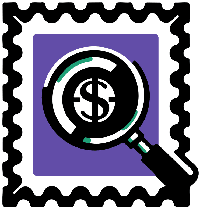
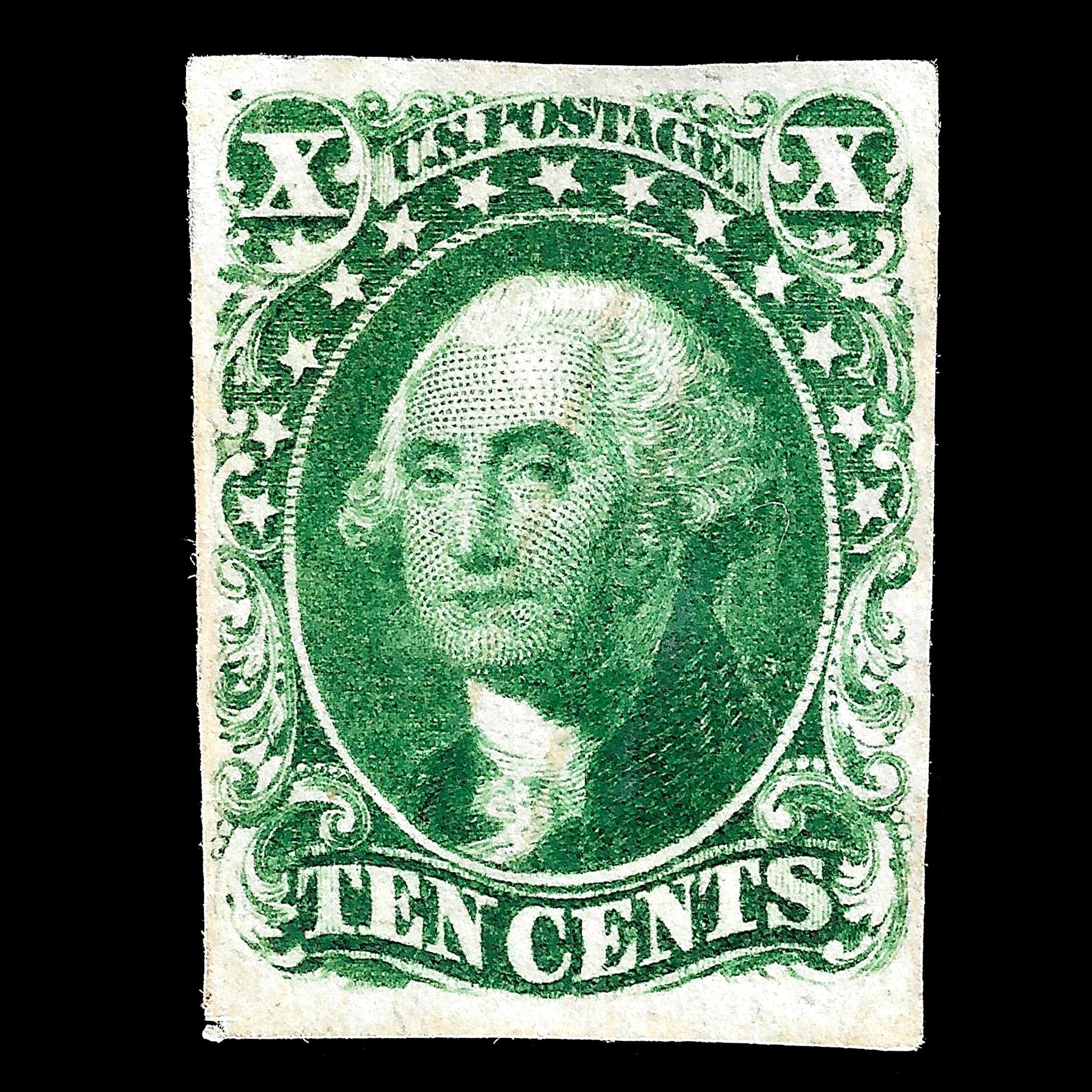

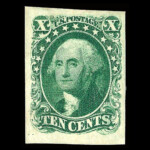
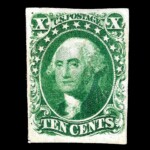

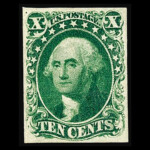
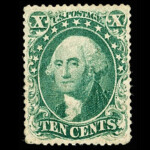

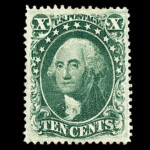
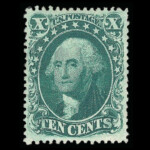
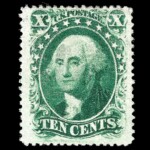
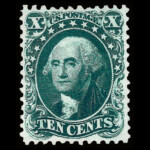
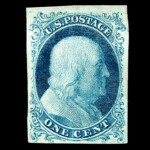
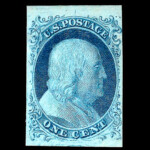
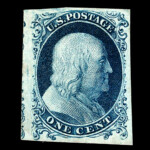
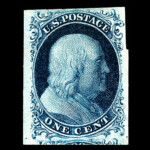
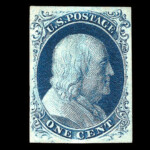
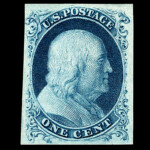
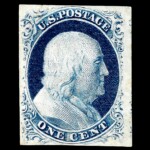

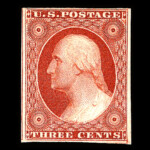
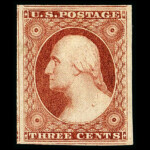
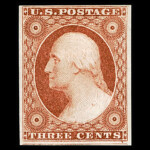
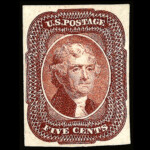
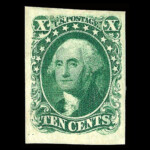
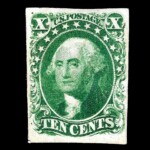
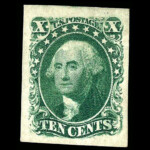
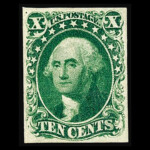
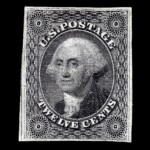




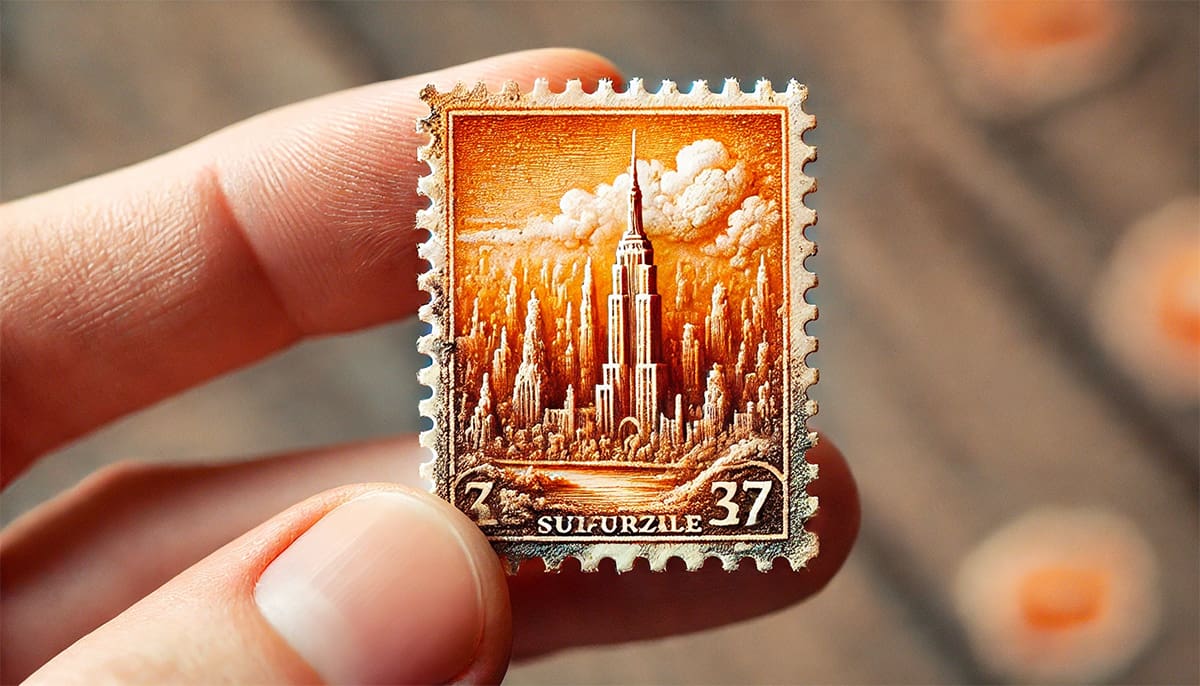




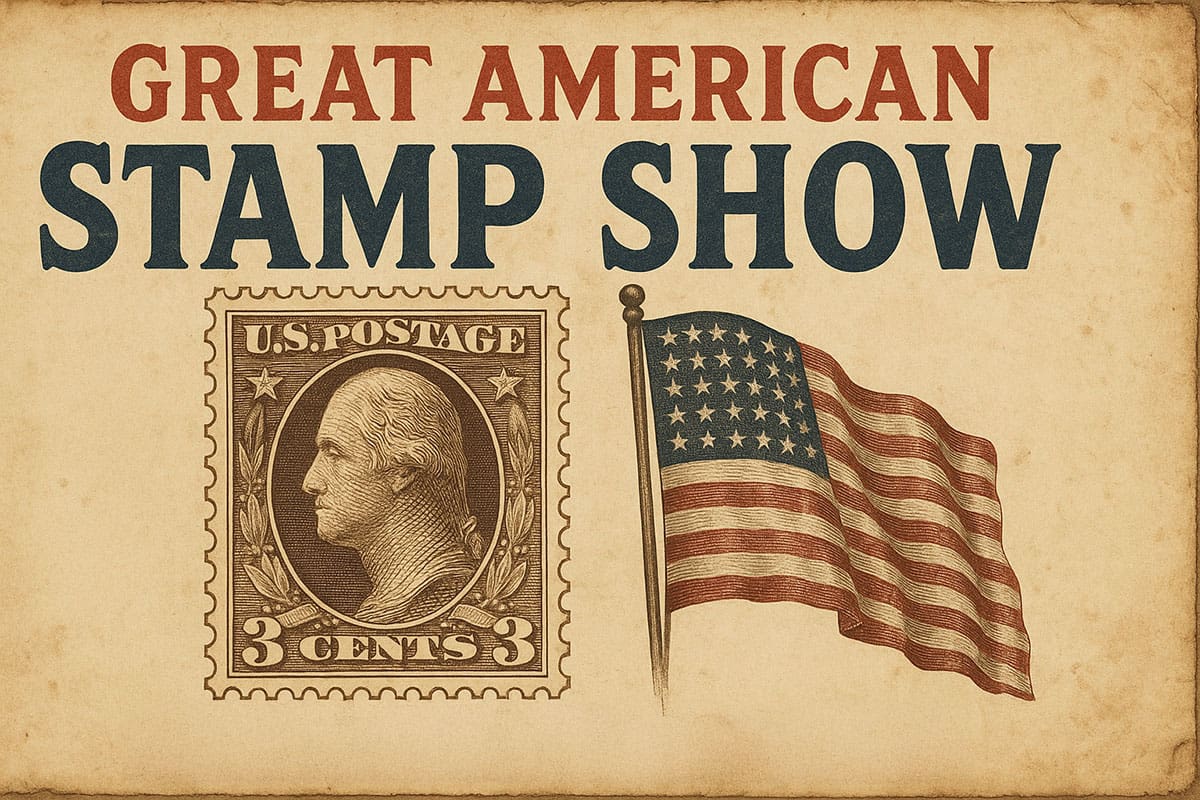


Ask A Question Or Leave A Comment